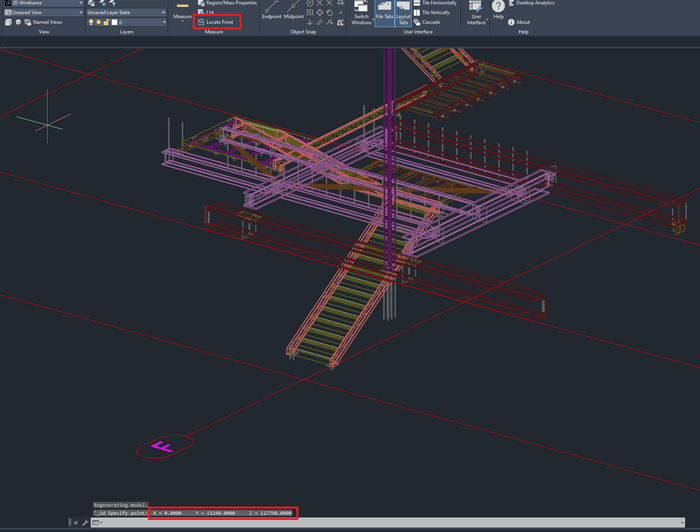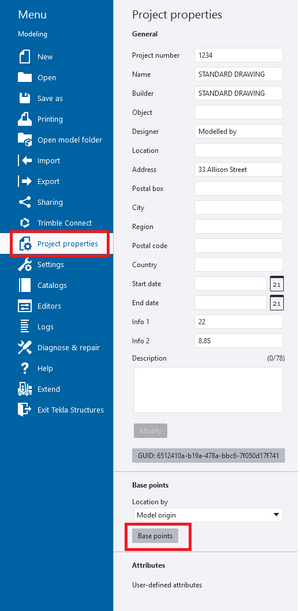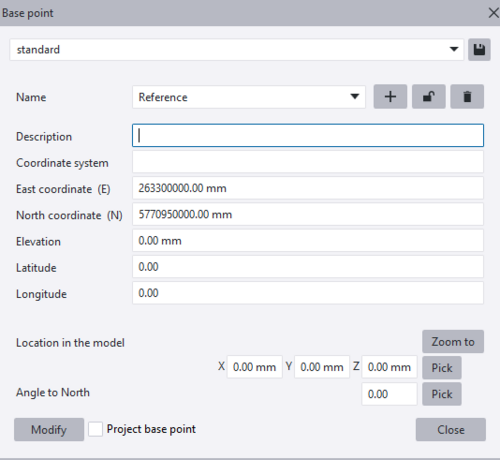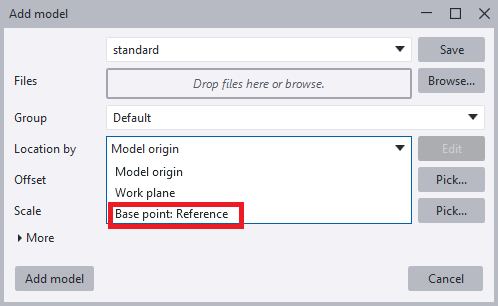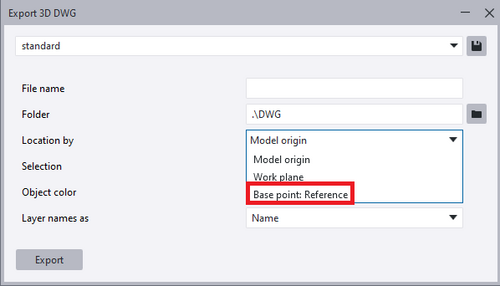How to Import Reference Models the Right Way: Difference between revisions
GavinWootton (talk | contribs) No edit summary |
GavinWootton (talk | contribs) No edit summary |
||
| Line 18: | Line 18: | ||
<b>NOTE: YOU WILL HAVE TO MOVE THE DATA YOU GET FROM TRUEVIEW THE DECIMAL PLACES TO THE RIGHT | <b>NOTE: YOU WILL HAVE TO MOVE THE DATA YOU GET FROM TRUEVIEW THE DECIMAL PLACES TO THE RIGHT | ||
AS AN EXAMPLE, 123.4567 WOULD BECOME 123456.7</b> | AS AN EXAMPLE, 123.4567 WOULD BECOME 123456.7</b> | ||
Revision as of 04:47, 1 July 2024
When importing models from programs outside of Tekla Structures you will more often than not find them far outside the regular boundaries. First instinct is to move the reference model into your working space, however, this creates issues later down the track when exporting your handrails in a 3D format to send to customers.
This guide will show you how to import reference models into your working space while also allowing you to export to the customer with everything lined up.
Step 1 - Find the Coordinates
- For IFC files
Open the IFC file with notepad and look for 'IFCCARTESIANPOINT'
These will be your coordinates
-For DWG files
Open the DWG file with Autodesk TrueView and look for the Locate Point button Select a location close to your model and it will provide coordinates in the console
NOTE: YOU WILL HAVE TO MOVE THE DATA YOU GET FROM TRUEVIEW THE DECIMAL PLACES TO THE RIGHT
AS AN EXAMPLE, 123.4567 WOULD BECOME 123456.7
NOTE: If your coordinates are or close to 0,0,0 you wont need to continue
Step 2 - Create a new Base Point
In Tekla structures, go Project properties > Base points
Import your coordinates from earlier and give your point a name
Step 3 - Import
When Importing your reference model, use the newly created base point as your 'Location By:'
Step 4 - Export
When you're ready to export your file, make sure you choose your created base point as 'Location By:'


